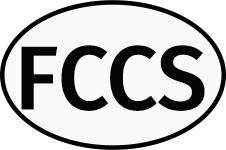Published in the November 2017 St Augustine News Journal
I have helped clients who are locked out of their email accounts with increasing regularity this year. Some are easily recovered. Others cannot recall the security question answers they gave “way back then”, and we have a difficult time recovering access to their account.
It is time to review and update the security section on all your online accounts. Most online accounts have a section called “Security”. This includes your password, your Security Questions & Answers, and other means for ensuring that you are the rightful owner of the account. While you review and update the security information on your accounts, it’s a good idea to keep a notebook or electronic record of the security information that you have in place for each your accounts.
To add another layer of security you may opt to use “Two Factor Authentication” (2FA), if it is available on your account. Two Factor Authentication is a way to ensure that your account is being accessed by you and you alone. The idea is that your account is protected by “something you know” (your password), and “something you have” (your cell phone).
Two Factor Authentication requires that you enter a password, then the system sends a code to your cell phone which you must enter, thus ensuring that it is you accessing the account. If a hacker had your password, they would also have to have your cell phone to access your account. Our online security is under enormous pressure.
Your email account security is very important. Some would say that it is as important as is your financial institution account security. You might be surprised by how much information can be gleaned from your email account if the bad guys gain access. Email is the linchpin of all online accounts, and the primary way that companies communicate with you about your account. This means that access to your email can expose every online account you have.
Reviewing all your online accounts and checking up on your security settings can be a daunting task. But you don’t need to do them all at once. So, let’s get started and do a few each day until we have them all done. Yahoo announced in mid-October that the breach they had in 2013 was not limited to a billion users. Rather, they now admit that ALL accounts were impacted, about 3 billion in total. If you have an email account with Yahoo, AT&T, or Bellsouth, please start there.

